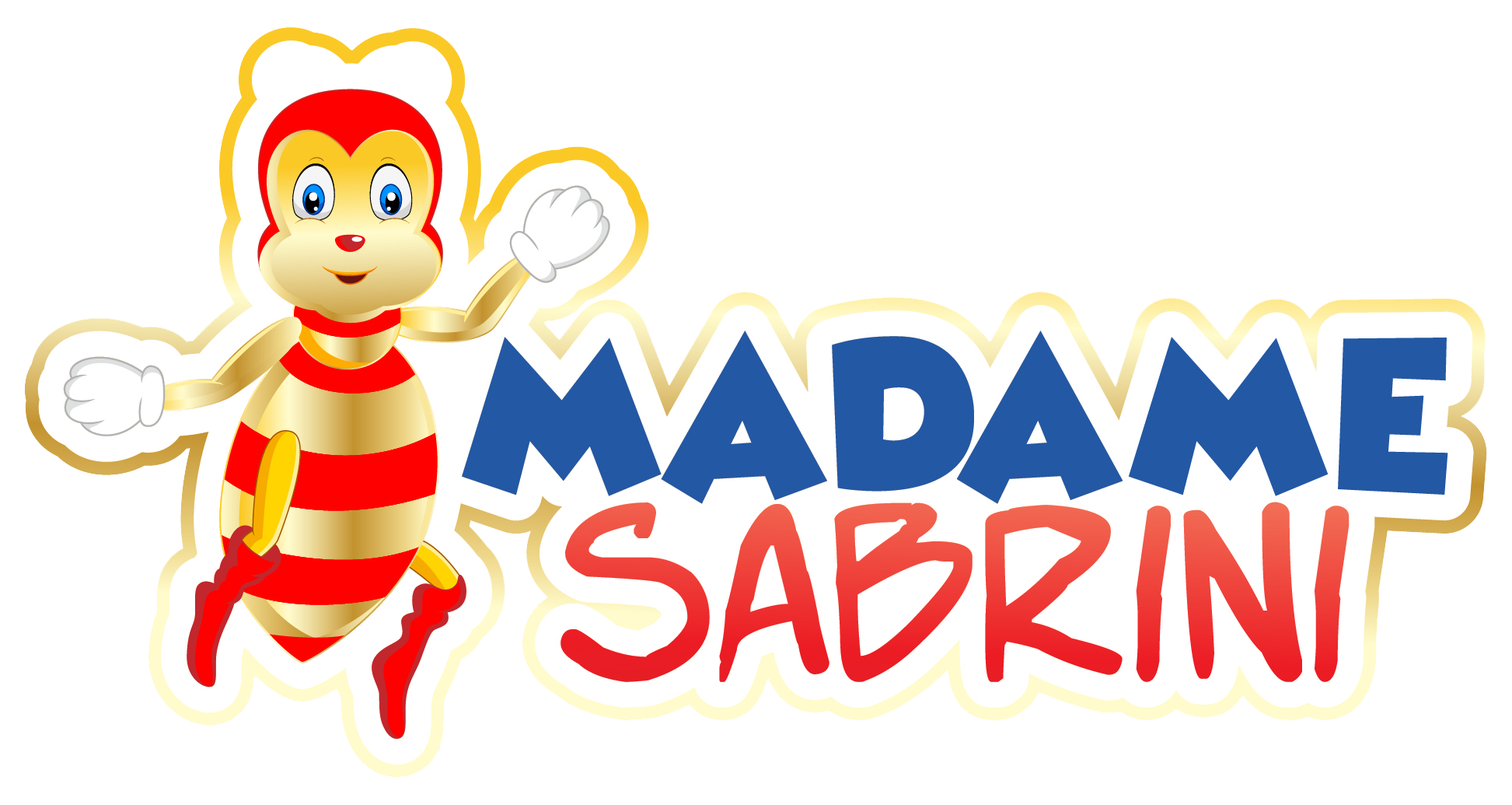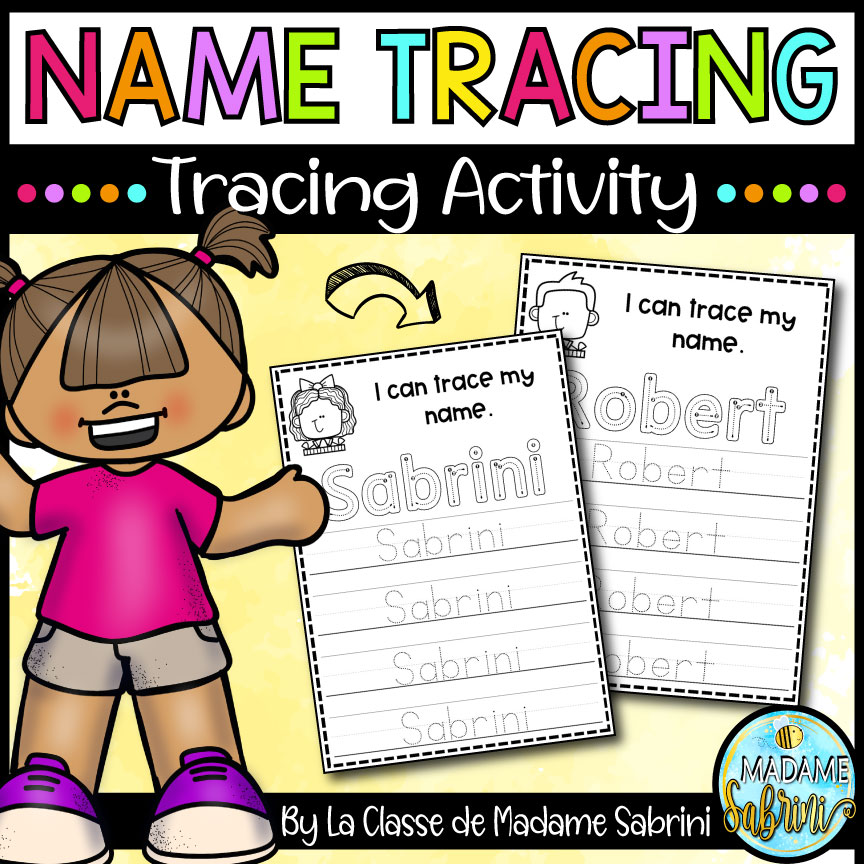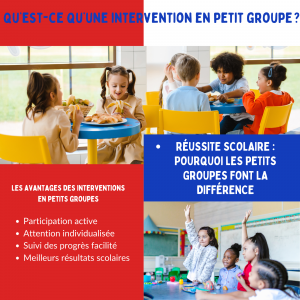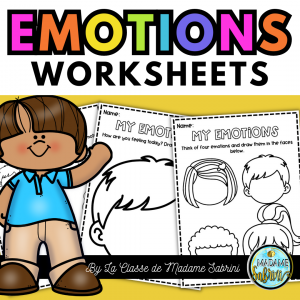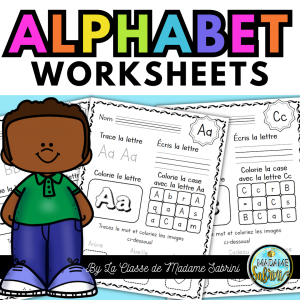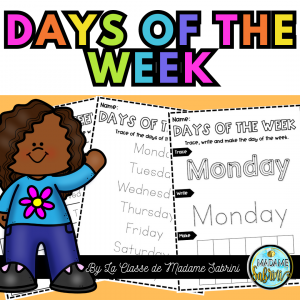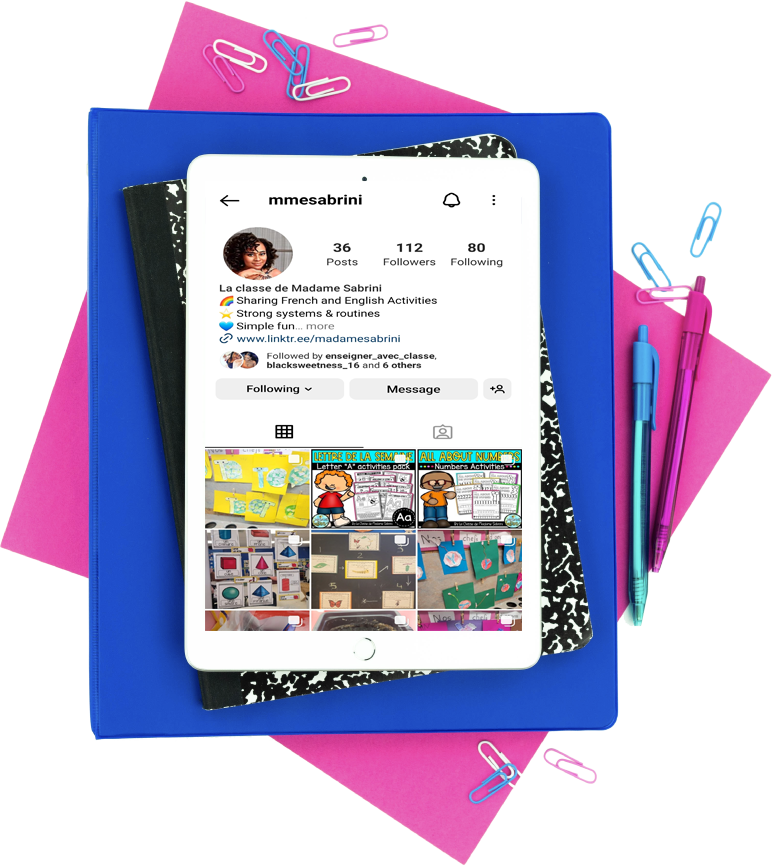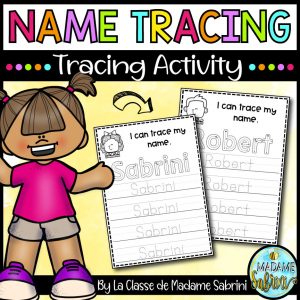What does it mean to be a great teacher? For many, this is the ultimate challenge – how to measure the impact of a great teacher on student learning. It is an age-old question that has yet to be answered. The impact of a great teacher on student learning cannot be quantified, but it can be observed and analyzed. In this blog post, we will discuss the various aspects of a great teacher and how they affect student learning. We will explore how to measure the impact of a great teacher and how it contributes to successful student outcomes.
Defining Great Teaching
Great teaching is not just about delivering lessons and transmitting information to students. It involves a deep commitment to student care, love, and learning. Teachers who are dedicated to their craft understand that their role extends beyond imparting knowledge and skills. They are invested in creating a positive and supportive learning environment that promotes academic growth and personal development.
In defining great teaching, one cannot ignore the impact of a teacher’s personality and disposition. A great teacher is someone who is enthusiastic, passionate, and empathetic towards their students. They know how to connect with each individual, recognize their strengths and challenges, and inspire them to achieve their full potential.
Furthermore, great teaching goes beyond what is taught in the classroom. It encompasses the skills and values that students will carry with them long after they leave the classroom. A great teacher is someone who models lifelong learning, critical thinking, creativity, and problem-solving. They challenge their students to think beyond the curriculum and apply their knowledge to real-world situations.
Overall, great teaching is about creating an environment where students feel valued, respected, and empowered to learn and grow. It involves a holistic approach that considers the whole student – not just their academic achievements, but also their social, emotional, and physical well-being. It requires dedication, hard work, and a genuine love for teaching and learning.
Measuring Student Learning Outcomes
At the core of being a great teacher is the ability to help students learn and grow academically, socially, and emotionally. Therefore, one of the most critical aspects of evaluating a teacher’s effectiveness is measuring student learning outcomes. Simply put, this means looking at how much students have learned, grown, and achieved under a teacher’s guidance.
However, measuring learning outcomes is more than just looking at grades or test scores. Great teachers recognize that student care, love of learning, and other non-cognitive factors are essential for success. As such, assessing student growth and progress requires looking at a variety of factors beyond academic achievement.
One useful way to measure student learning outcomes is to use a range of formative and summative assessments that capture a broad range of skills and knowledge. For instance, a great teacher might use performance tasks, essays, presentations, projects, and other types of assessments that tap into different types of learning.
In addition, great teachers take time to get to know their students and personalize their instruction to meet their needs. By using data from assessments and other sources, teachers can provide targeted support, intervention, and enrichment to ensure that all students are challenged and supported.
Ultimately, measuring student learning outcomes requires looking at both quantitative and qualitative data. While grades and test scores can be useful, they do not paint the full picture of student achievement. By taking into account factors like student care, love of learning, and social-emotional development, we can better understand the impact that great teachers have on their students’ lives.
The Importance of Effective Teacher-Student Relationships
Great teachers understand that building strong relationships with their students is essential to achieving success in the classroom. By cultivating positive connections, teachers can create a safe and welcoming learning environment where students feel valued and supported.
One of the key factors in effective teacher-student relationships is care. When teachers show that they genuinely care about their students, they can create a sense of trust and respect that encourages students to take risks and pursue their academic goals. This care can be demonstrated through personalized feedback, extra attention for struggling students, and open communication with parents and guardians.
Love for learning is also a crucial component of a strong teacher-student relationship. By inspiring students with their own passion for learning, great teachers can ignite a love of knowledge that lasts long after the school day is over. They can also encourage students to develop a growth mindset, where mistakes and challenges are seen as opportunities to learn and grow.
Ultimately, the importance of effective teacher-student relationships cannot be overstated. These relationships have the power to shape students’ academic and personal development, and can create a lasting impact on their lives. When students feel seen, heard, and cared for by their teachers, they are more likely to engage with their coursework and reach their full potential.
Techniques for Engaging and Motivating Students
Being a great teacher is all about ensuring that students are engaged and motivated to learn. Here are some techniques that can help you achieve that goal:
1. Show student care: Students need to feel that their teachers care about them as individuals. Take time to learn about their interests, hobbies, and aspirations. Offer words of encouragement when they are struggling, and celebrate their successes.
2. Use varied teaching strategies: No two students learn in exactly the same way. To ensure that you reach every student, vary your teaching strategies. Use multimedia, hands-on activities, group work, and independent study.
3. Create a positive classroom culture: Your classroom should be a place where students feel safe, supported, and valued. Encourage positive behavior, and address negative behavior in a constructive way. Create opportunities for students to work together and collaborate.
4. Love learning: Students are more likely to be engaged and motivated if they see that their teachers are passionate about their subjects. Share your own love of learning, and encourage students to explore their own interests and passions.
5. Set clear goals: Students need to know what they are working towards. Set clear, achievable goals for each lesson or unit, and provide feedback along the way. Celebrate when students reach those goals, and help them set new ones.
By using these techniques, you can create a classroom environment where students are engaged and motivated to learn. And when students are engaged and motivated, they are more likely to succeed!
Professional Development for Teachers
In order to be a great teacher, it is essential to continue to learn and grow as an educator. Professional development provides teachers with the opportunity to enhance their knowledge and skills in order to improve student learning outcomes.
Effective professional development programs provide teachers with the resources and support they need to meet the diverse needs of their students. This includes strategies for classroom management, techniques for engaging and motivating students, and methods for delivering effective instruction.
Moreover, professional development programs should focus on student care, love, and learning. Teachers must have a deep understanding of their students and their needs in order to create a safe and nurturing learning environment. By fostering positive relationships with their students, teachers can better support their growth and development both academically and personally.
Additionally, professional development programs should aim to help teachers leverage the latest technological advancements in education to improve student learning outcomes. Technology can be used to provide students with a personalized learning experience, help teachers assess student performance, and offer new avenues for communication between teachers and students.
In short, professional development is a critical component of great teaching. By investing in their own growth and development, teachers can create meaningful and engaging learning experiences that help students achieve their full potential.
Assessing Teacher Performance and Improving Practice
Assessing a teacher’s performance can be a tricky task, especially when it comes to measuring the impact of their teaching on student learning outcomes. However, it is essential to evaluate and improve teacher practice continually, so that students receive the best education possible.
One way to assess a teacher’s performance is by looking at their ability to provide excellent student care. Teachers who care deeply about their students tend to foster a positive and supportive classroom environment, which is conducive to learning. When students feel valued and respected, they are more likely to engage in class and take risks in their learning.
Another critical aspect of great teaching is the love for learning that a teacher exudes. When a teacher is enthusiastic about the subject matter, it can be contagious and inspire students to become passionate about their learning as well. Teachers who continuously seek out new information and strive to improve their own practice are likely to be more effective in the classroom.
Assessing teacher performance should also consider the techniques that a teacher uses to engage and motivate students. Great teachers are skilled in differentiating instruction to meet the needs of all students. They use a variety of instructional strategies to make learning fun, interesting, and relevant to students’ lives. Additionally, effective teachers create a sense of community within their classrooms, where students feel supported and comfortable taking risks.
Professional development for teachers is an excellent way to help improve their practice and ensure that they are continually learning and growing. Ongoing training and opportunities for collaboration with other teachers can provide valuable insight into effective teaching practices, new instructional strategies, and current educational research.
Technology can also play a role in supporting great teaching. It provides teachers with access to a wealth of educational resources, helps them communicate with students and parents, and enables them to assess student learning outcomes more efficiently.
The Role of Technology in Supporting Great Teaching
As technology becomes increasingly ubiquitous in education, teachers must understand how to harness its power to support great teaching. One key way that technology can aid teachers in fostering student care and love for learning is by providing access to a wealth of educational resources that can enrich the classroom experience.
For instance, teachers can use educational apps, online videos, and digital textbooks to engage students in interactive and visually stimulating learning experiences. These tools can also help students develop critical thinking and problem-solving skills, which are essential for success in the 21st century workforce.
Technology can also support great teaching by enabling teachers to customize their lessons to meet the diverse needs and interests of their students. For instance, teachers can use digital tools to create personalized learning plans that adapt to each student’s learning style and pace. This can help students stay motivated and engaged, leading to better learning outcomes.
Another important role that technology can play in supporting great teaching is by fostering collaboration and communication between teachers and students. By using online platforms such as Google Classroom, teachers can easily share resources and assignments with students, and can provide feedback on student work in real-time.
